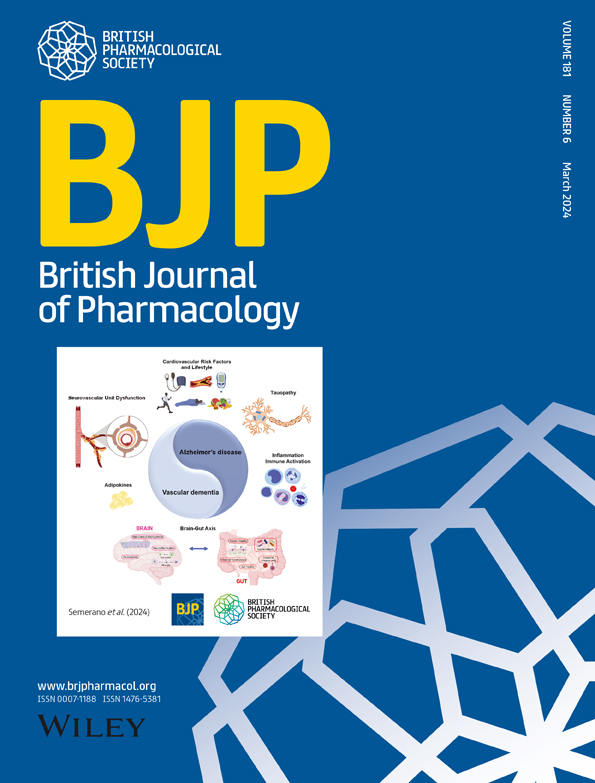Time-varying compartmental models capture hours-scale variation in the elimination kinetics of vancomycin in rats
Abstract
Background and Purpose
Pharmacokinetics have traditionally been assessed using concentration measurements with relatively low temporal resolution, such as from blood draws, leading to pharmacokinetic profiles estimated from sparse data, often averaged across subjects. Recent advances in in vivo sensors, however, now enable the collection of hundreds of observations over a few hours in individual subjects. Previous analyses of such data for the antibiotic tobramycin identified significant (several-fold), hours-scale changes in the efficiency with which this renally cleared drug is eliminated in anaesthetised rats. Here, we apply similar analyses to study the pharmacokinetics of another renally cleared drug, the antibiotic vancomycin.
Experimental Approach
We estimate vancomycin pharmacokinetic profiles using previously collected time-dense plasma concentration measurements within six anaesthetised rats. Specifically, we fit standard one- and two-compartment models, as well as time-varying one-compartment models (in which the proportionality relating concentration to elimination rate is time-varying), to these data to investigate if the time-varying models are statistically preferred for describing individual-level vancomycin pharmacokinetics, over standard one- and two-compartment models.
Key Results
One-compartment models incorporating time-varying elimination proportionalities are statistically preferred over standard one- and two-compartment models for five of our six vancomycin time courses. When the initial impact of the distribution phase is removed from these data, a reciprocally time-varying one-compartment model is preferred over the standard-one compartment model in four of five considered datasets.
Conclusion and Implications
These results provide further animal-model evidence that the pharmacokinetics of renally cleared drugs can vary significantly over timescales as short as a few hours.

 求助内容:
求助内容: 应助结果提醒方式:
应助结果提醒方式:


